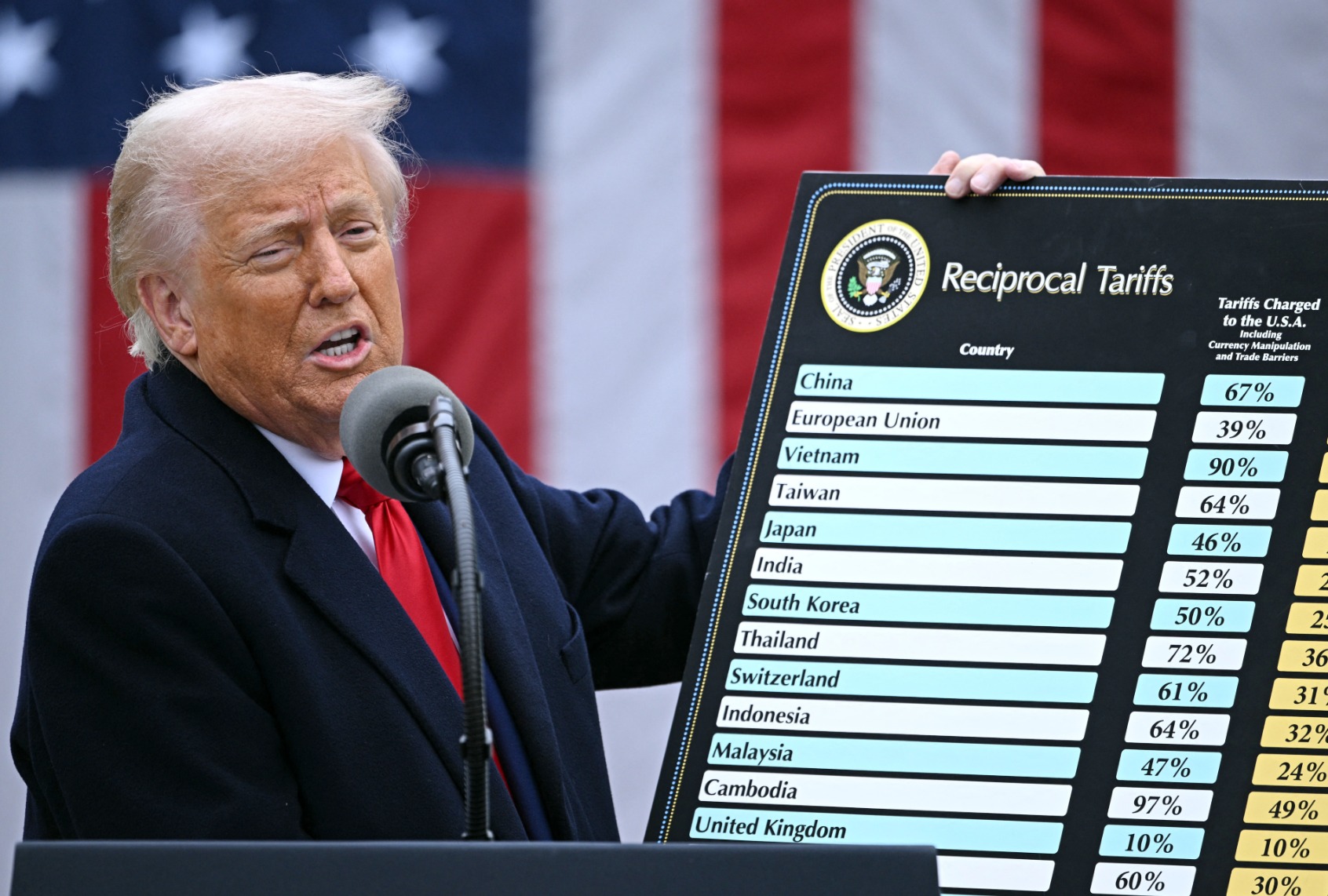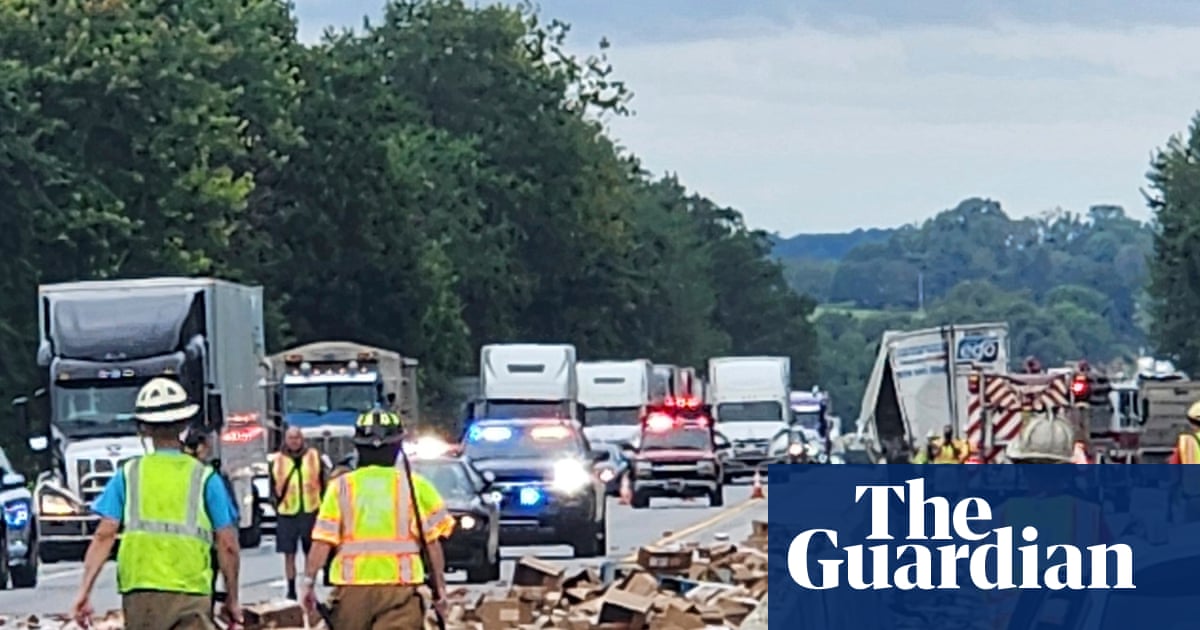Physicists at Los Alamos National Laboratory have successfully recreated a long-overlooked experiment from 1938 — one that could play a crucial role in powering our planet with clean energy.
As reported in SciTech Daily, by reviving and updating the original setup, researchers confirmed what physicist Arthur Ruhlig once suggested nearly a century ago: that fusion between deuterium and tritium (known as DT fusion) is not only possible but highly probable.
Fusion energy — unlike fission, which splits atoms — works by fusing lighter atoms together to release enormous amounts of energy. It’s the same process that powers the sun.
But unlike burning fossil fuels such as coal and oil, fusion doesn’t give off heat-trapping pollution, generate long-lived radioactive waste, or depend on scarce resources. If harnessed at scale, it could mean lower electricity bills and energy independence for households and businesses everywhere.
Ruhlig’s early observations were mostly forgotten until Los Alamos physicist Mark Chadwick stumbled upon a 1986 recording of another physicist referencing “pre-war” DT fusion experiments. That discovery prompted a deeper dive, eventually unearthing Ruhlig’s sparse but pivotal paper describing his experiments and observations.
From there, the physicists decided to replicate his experiment at Duke University’s Triangle Universities Nuclear Laboratory. Their findings, published in Physical Review C, confirmed secondary DT fusion reactions and proved that Ruhlig’s claims, though imprecise by today’s standards, were fundamentally correct.
 Want to go solar but not sure who to trust? EnergySage has your back with free and transparent quotes from fully vetted providers that can help you save as much as $10k on installation.
|
“Regardless of the inconsistency of Ruhlig’s rate of fusion against our modern understanding, our replication leaves no doubt that he was at least qualitatively correct when he said that DT fusion was ‘exceedingly probable,'” Chadwick said.
Unlike more complex, high-energy fusion experiments such as those at the National Ignition Facility, this test was performed at a much lower energy level. That makes it a game changer for smaller labs and opens the door to more accessible fusion experimentation.
What the researchers learned is a notable contribution to ongoing fusion studies. If scientists can successfully scale fusion energy, it could power entire cities more affordably than conventional power while helping stabilize the grid. Fusion doesn’t generate heat-trapping pollution either, meaning cleaner air and healthier communities.
While fusion isn’t powering our homes just yet, such developments move us closer to a cleaner, more affordable energy future — especially with successes such as the 2022 ignition breakthrough at Lawrence Livermore National Laboratory.
TCD Picks » Upway Spotlight
💡Upway makes it easy to find discounts of up to 60% on premium e-bike brands
Join our free newsletter for weekly updates on the latest innovations improving our lives and shaping our future, and don’t miss this cool list of easy ways to help yourself while helping the planet.
Source link


:focal(0x0:3000x2000)/static.texastribune.org/media/files/d085c3488b42524d0011a05e93d7b4cf/Casar%20Johnson%20Green%20TT%2001.jpg)